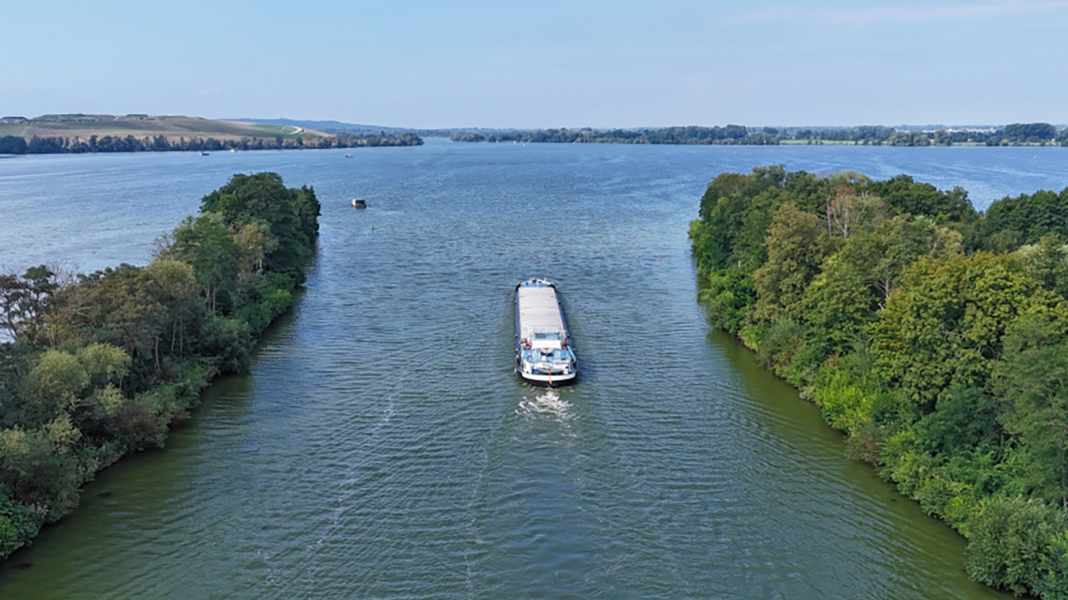
To be precise, it has been 34 years since the then Federal Government passed the resolution on 19 April 1991 to implement the 17 German Unity Transport Projects (VDE) was passed. An important milestone has now been reached: the planning approval decision for the last major section of the VDE 17 - the only one of the 17 projects relating to waterways - has been issued.
The overall aim of VDE Project 17 was to expand the waterway link from Hanover via Magdeburg to Berlin. The most spectacular construction project was the realisation of the Magdeburg waterway junction with the completion of the trough bridge over the Elbe in 2003, the descent structures and the direct connection of the Mittelland Canal and the Elbe-Havel Canal.
VDE 17: The way is clear for final work
The final section of VDE 17 now concerns the fairway adjustment in the Lower Havel waterway west of Berlin between kilometre 32.61 and kilometre 54.24, known as the Flusshavel. The decision of 12 December 2023, issued by the Directorate-General for Waterways and Shipping, paved the way for the final work. Although there were legal challenges, these actions were withdrawn before the Federal Administrative Court on 25 January 2025. The new waterway construction office in Berlin expects construction to take four years.
The specified section of waterway is characterised by numerous lakes and culverts. No major construction work will be carried out in the lake sections, while the planned depth of the navigation channel is planned in cross-sections of 3.20 metres and 3.50 metres in the canal-like culverts.
Environmental protection remains guaranteed despite expansion
Restrictions with regard to encounter and speed limits will be necessary to ensure the safety and efficiency of shipping traffic despite the larger design vessels of waterway class Vb. The expansion as part of VDE 17 places high demands on environmental protection. Numerous environmental requirements and nature conservation construction windows, such as those for taking into account the breeding and resting periods of birds, must be observed.
The project will be divided into three construction lots, which will be put out to tender at different times, and the work is expected to take a total of four years. The construction costs of around 50 million euros will be borne by the federal government and are still within the original budget of DM 4 billion for the entire VDE 17 project, which was set in 1991. This demonstrates the long-term planning and consistent cost management of the project.
Infrastructure improvement project
The German Unity Transport Project (VDE) comprises 17 infrastructure measures that were initiated after reunification to improve transport links between East and West Germany. The aim is to create more efficient transport links and promote economic growth in the new federal states by expanding roads, railways and waterways (VDE 17).
For example, the expansion of the high-speed railway line between Berlin and Hanover and the modernisation of the A20, an important east-west link in the north, have already been successfully completed. Numerous projects have been realised since 1991, making the VDE one of the most important infrastructure projects in Germany's post-war period. It plays a central role in the modernisation of the transport infrastructure and inner-German integration.
